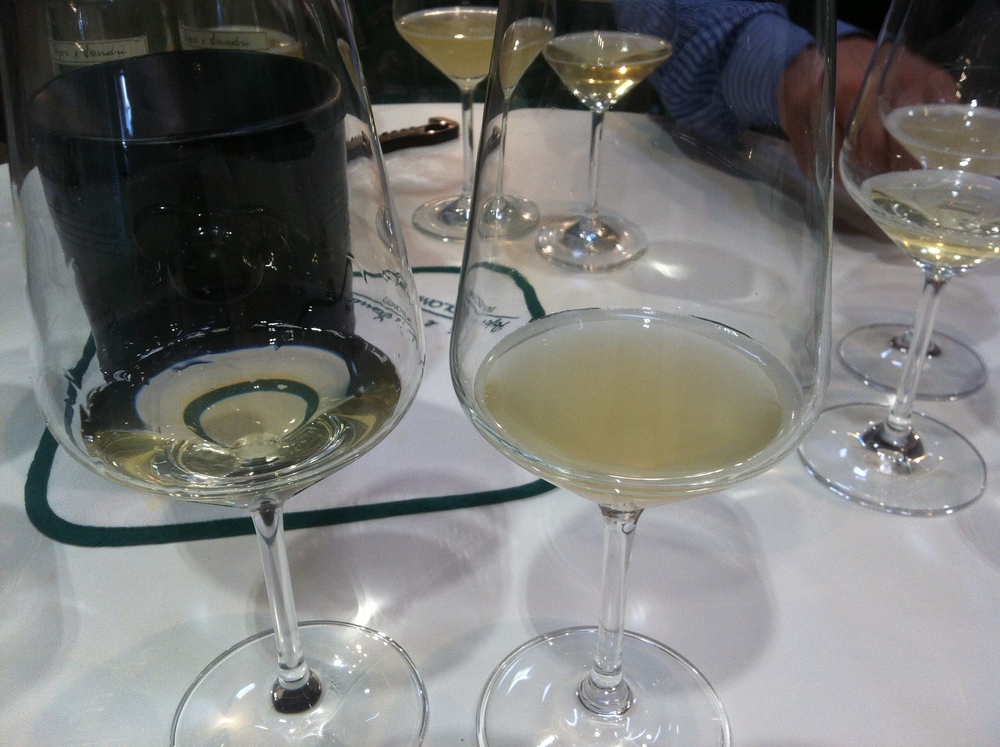
To prove it, you just need a few, easy to have ingredients (let’s say so): an interspecific grape, a hilly vineyard, planted on volcanic-porphyritic soil, a S-SE very windy exposure, a cellar with the most innovative technologies, a transparent white bottle, a crown cup.
That's it.
You take the grape - solaris in this case, a cultivar born in Friburg in 1975 - and cultivate it for some years. Harvest after harvest, you become aware and beware of it. You learn how to process it, and finally you got the wine: white, muddy, fleshy.
If you don’t like its almost yellow-bright opal appearence, you can pour the wine in a decanter, so the bottom of yeasts, organic acids and cream of tartar goes down, and you drink a transparent fresh and pleasant wine.
Vice versa, if you too are among those who love this trend of so surprising #natwines, you can shake it before drinking: so you get a fizzy wine, tropical and fruity and round.
And milky - assuming that milk can be yellow and fizzy.
But, above all, funny.
Yeah, because the bottom’s ring goes up and down as you shake the bottle, and if you are skillful - or simply lucky, you can see it forming the mathematic symbol of infinity…
Jokes aside, this wine has a lot of science and knowledge and years of efforts and experiments inside: an endless story to tell drop after drop - or better, glass after glass.
A story of no treatments in the vineyards (thanks to the solaris’ features and the technique of sexual confusion), no added sulphites in the winemaking process, no selected yeasts, no clarifications, no filtrations, no antioxidants (the natural yeasts of the wine are enough to protect it).
In short: zero of everything.
Endless Zero. As the italian wine’s name produced by the renowned winery Pojer & Sandri.
(per i lettori italiani pigri, consiglio di leggere di questo vino qui)
